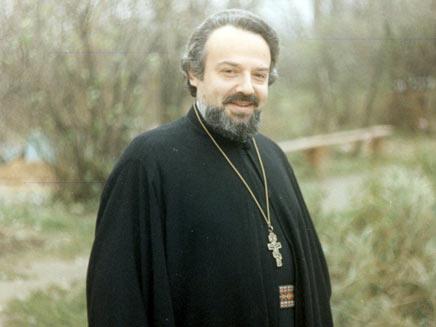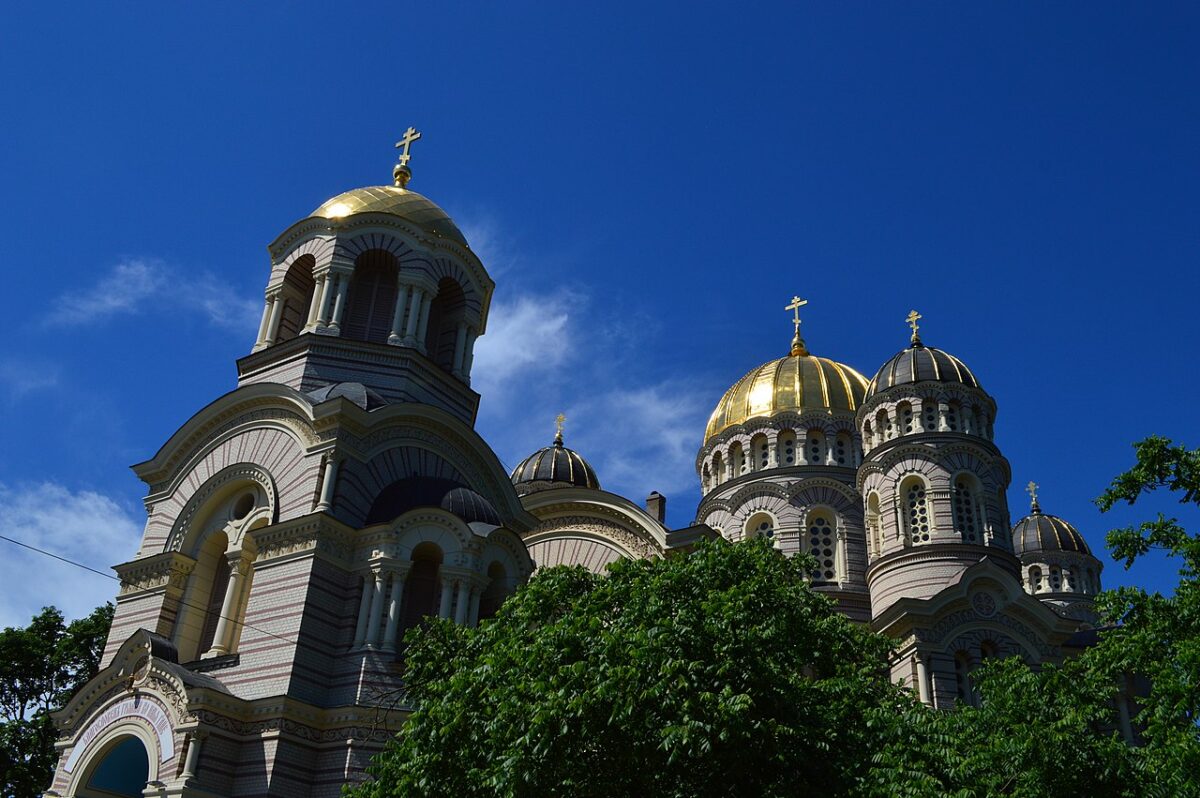A small minority of emancipated Jews in 19th century Europe, having tasted a whiff of liberty and freedom as equal citizens under the law, went one step further. They converted to Christianity, leaving behind Judaism once and for all and fully integrating themselves into Christian societies.
Ellie R. Schainker, a professor of history and Jewish Studies at Emory University, examines this little-known phenomenon in the Russian Empire in an intriguing work, Confessions of the Shtetl: Converts From Judaism In Imperial Russia, 1817-1906, published by Stanford University Press.
She focuses on this particular era for good reason. From 1817 onward, Jewish converts could legally choose whatever Christian denomination suited them. After 1906, Jewish apostates could return to Judaism without penalty.
As she points out, conversion was motivated by several factors, running the gamut from expediency and love to spirituality.
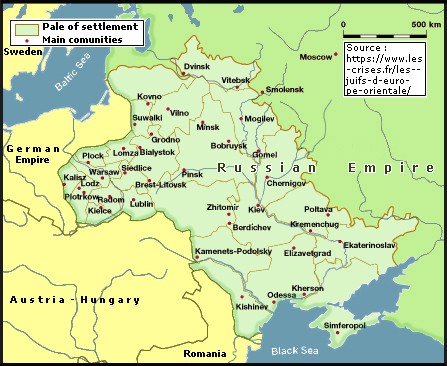
Schainker’s data is derived from the Pale of Settlement, the western part of Russia where the majority of Jews were forced to live until the 1917 Bolshevik Revolution. According to her statistics, this region produced 69,400 Jewish converts to Russian Orthodoxy, Roman Catholicism and Lutheranism. A further 15,000 converted to other tolerated religions.
Three-quarters of the conversions were voluntary, compared to the coerced baptisms of cantonists, young men who had been forcibly conscripted by the armed forces. The majority of converts were women.
In convincing fashion, she argues that there was a connection between political repression and conversion.
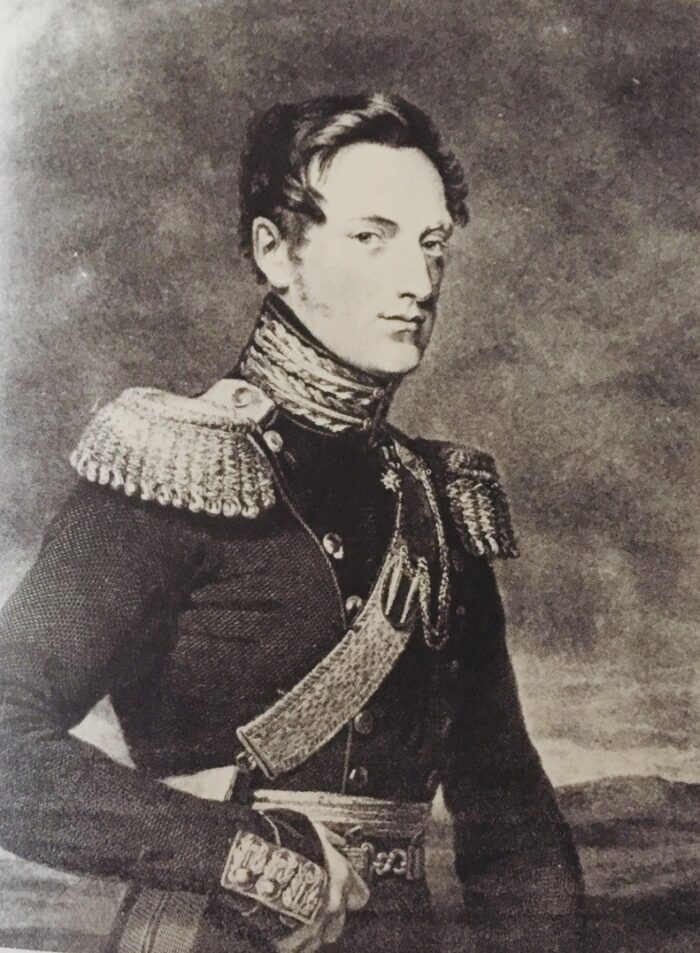
As she puts it, “Modest rates of conversion under Alexander I (1801-1825) sharply increased under Nicholas I (1825-1855) and the induction of Jews, especially underage boys or cantonists, into the Russian military beginning in 1827. The period from 1827 to 1855 witnessed the largest proportion of conversions in the century, with the highest yearly average of 4,439 converts in 1854.
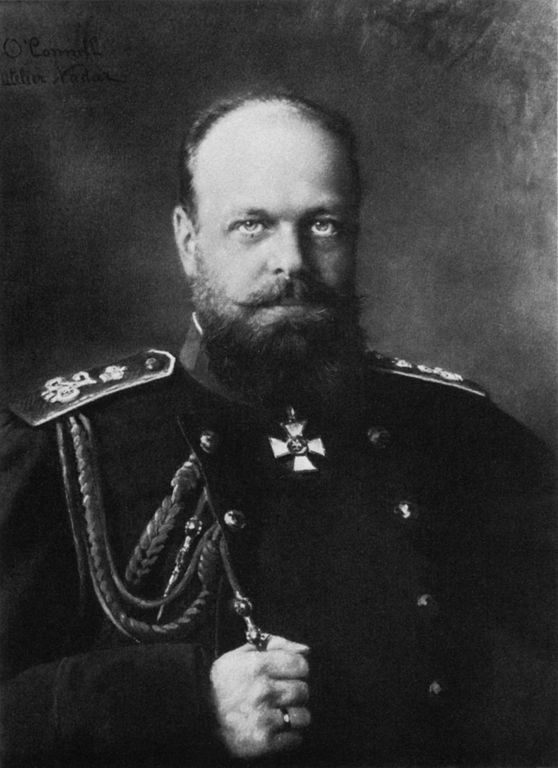
“During the Great Reform era of the more liberal reign of Alexander II (1855-1881), conversion rates dropped considerably. Rates rose again in the last decades of the century, when the more reactionary and conservative reign of Alexander III (1881-1894) initiated admissions quotas for Jews in institutions of higher education and restrictions on Jews in the liberal professions.
The years following the liberal concessions of Nicholas II (1894-1917) in the wake of the failed 1905 revolution witnessed a drop in conversion numbers.”
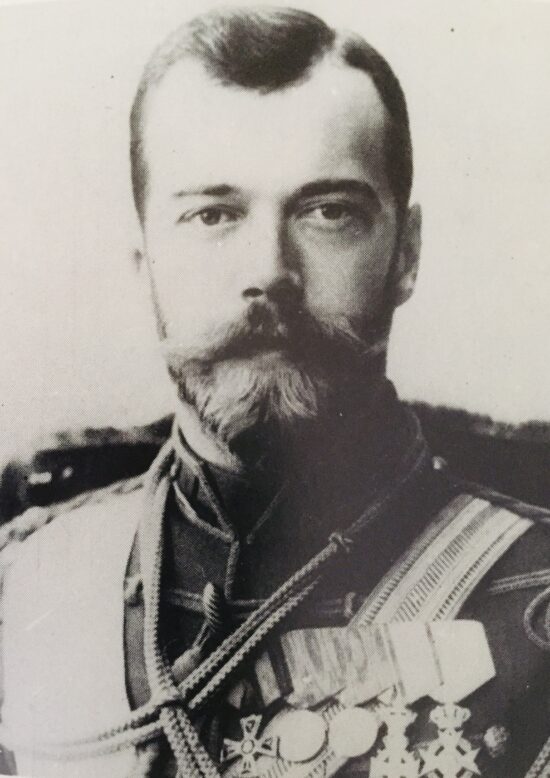
She adds that a new wave of conversions occurred from 1907 to 1917.
In her view, the most “sensational” convert of the 19th century came from the unlikeliest of places. His name was Moshe Schneerson and he was a member of the Lubavitch hassidic dynasty. His family claimed that Moshe, a rabbi, had been tricked into conversion in 1820 by a high-ranking army officer.
Some converts defamed Jews. As an example, she cites Yakov Brafman, a Jew from the vicinity of Minsk who made a career as an anti-Jewish demagogue. His writings influenced the authors of The Protocols of the Elders of Zion, a viciously antisemitic tract that is still in circulation.
Schainker contends that the Russian government had a contradictory approach to conversion.
“The state was interested and involved in proselytizing Jews and yet its missionary impulse was tempered by religious toleration and the empire’s increasing patronage and sponsorship of a variety of Christian and non-Christian religions.
“Religious toleration and recognition of ethno-religious differences existed alongside state-sponsored programs for the assimilation of minorities. Thus, the state encouraged and rewarded Christian confessions, all the while attempting to create an indigenous Jewish elite and buoy up the confession of Judaism.”
Civilian Jewish converts received tax breaks, monetary grants and clothing, exemption from military service, reduction of criminal sentences, and freedom of movement, among other perks.
Cantonists, who were baptized with or without their parents’ consent, got no such benefits, though the state “adopted” them and provided an education.
Converts did not necessarily achieve equality with their Christian fellow citizens, despite the best efforts of the state to enforce acceptance. Christian fears of “Jewish” economic competition and exploitation created barriers that could not be overcome in some instances.
Still other converts were accused of insincerity and deceptiveness. They were denounced as manipulators who took advantage of the empire’s commitment to religious toleration and who used their conversion to undermine the dominant Russian Orthodox Church.

In the eyes of the Jewish community, converts were beyond the pale. Simon Dubnow, the renowned Jewish historian, shunned his daughter after her conversion.
Two celebrated Jewish novelists, Sholem Aleichem in The Bloody Hoax and Sholem Asch in Salvation, wrote novels on the theme of converts and conversions, she notes.
In closing, Schainker devotes a few pages to Soviet Jewish dissidents who came of age after Joseph Stalin’s death in 1953 and discovered a spiritual haven in the Russian Orthodox Church. She mentions Father Alexander Men, a Jewish convert/priest who influenced a generation of intellectuals and guided them into the church from the 1960s to the 1980s.
